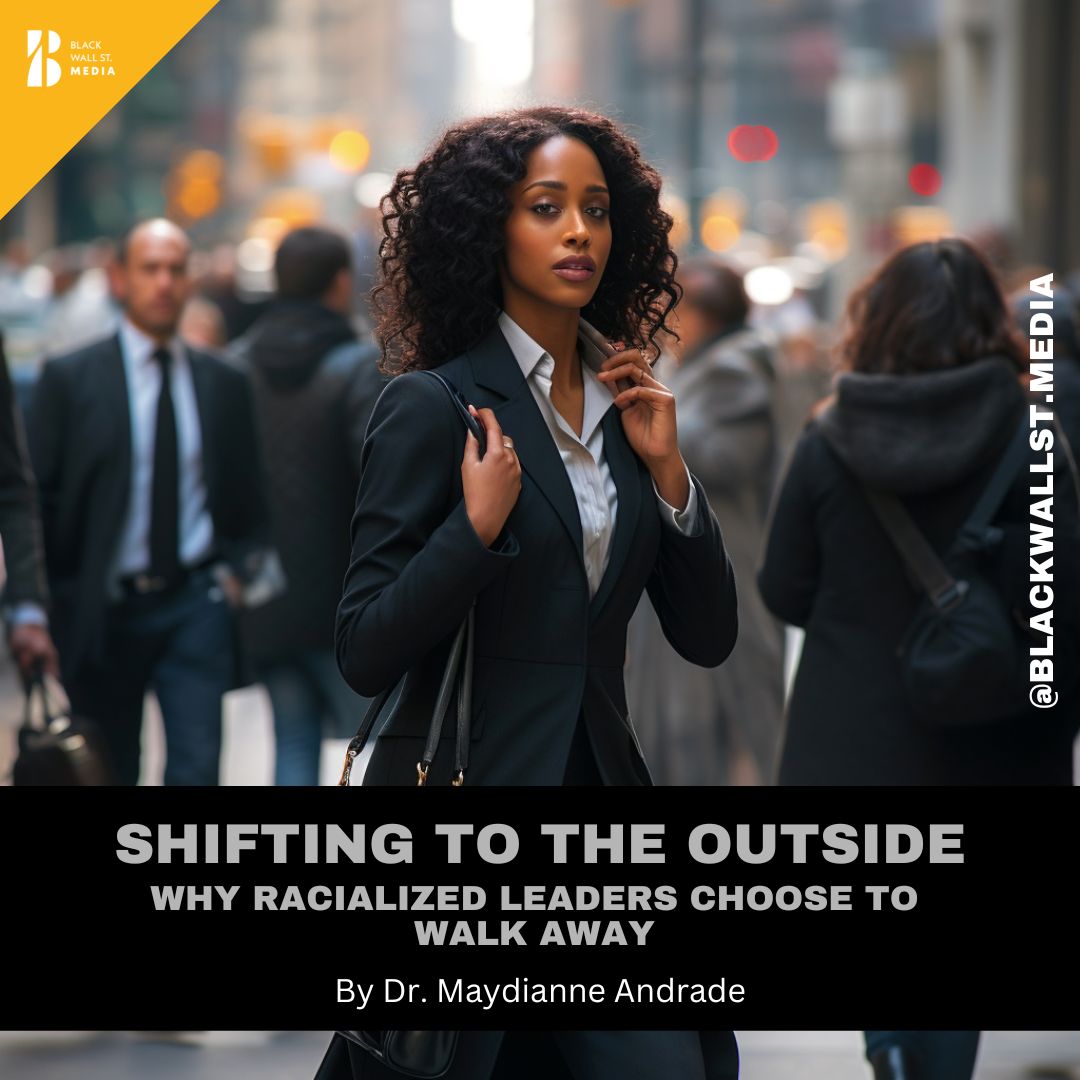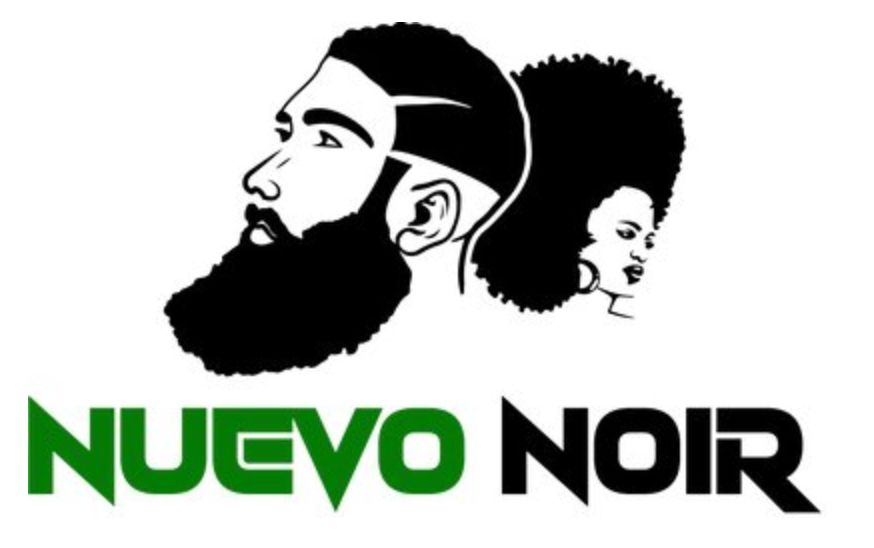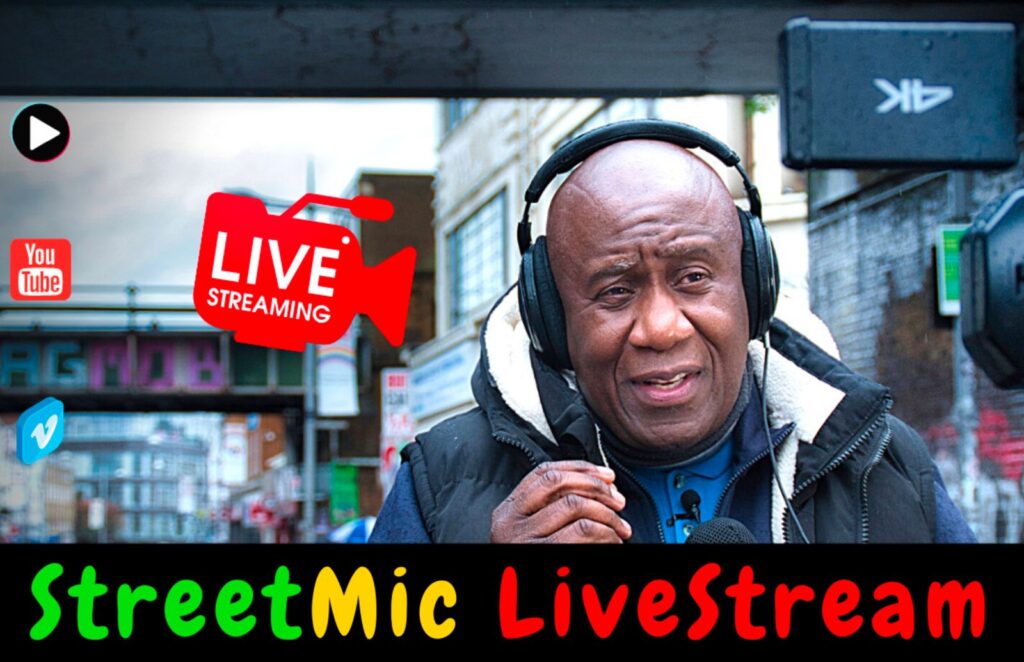Equity and Inclusion
Shifting to the outside: Why racialized leaders choose to walk away
“University Professor. President, Canadian Black Scientists Network. Founder & Co-Chair, Toronto Initiative for Diversity & Excellence”
Maydianne AndradeEquity and Inclusion Columnist

Dr. Maydianne Andrade shares insights into navigating challenges and driving change inside and outside academia.
I recently wrote about ‘the tapestry’ of systemic racism and how it manifests in forms that allow a tight focus on each individual thread rather than seeing the overall pattern.
I am gratified that many people read that post and I hope it started some conversations.
Recently, I led a session on creating a path to leadership for members of the Canadian Black Scientists Network / Réseau Canadien des Scientifiques Noirs.
I planned to share my experiences as a leader pushing for change from inside a large organization, and how and why I shifted to leading change by pushing from the outside. But there was a chill over that virtual room.
Recent events illustrate how the tapestry of racism can smother, and how it is so much more than a ‘glass ceiling’ constraining career ambitions, it is more of a glass cliff, and an existential threat to the survival of some of us.
One way or the other, many Black leaders eventually find themselves at a decision point. Continue ‘inside’ at a significant personal cost to health and self, or escape while still intact, and shift to working from the ‘outside’.
This reality has a cost.
It bleeds talent and diverse experience from our organizations, and it should not be acceptable.
To anyone.
Reading and considering the issues is a start, but having the courage to act on the knowledge is far more important.
I know action is a stumbling block. In the last few years, an increasing number of people, many of them leaders at different levels, approach me after my (action-oriented) workshops on equity and inclusion and say “I want to help, but I don’t feel welcome in equity conversations, and I am always afraid that I will say the wrong thing and be labelled (as a racist).”
They express their anxiety and stress, and indicate how this fear makes action difficult.
I understand the fear, but I am often left speechless as I wonder at the irony of this statement coming from someone with significant social and organizational power.
I wonder how it is possible that they do not understand the extent to which that has been, and continues to be, the daily life of so many people.
How, as a Black woman, from the day I first walked into a university until now, my professional life is a continuous calculus of what I should say and when.
In addition to doing the work of leadership, in addition to the daily grind that requires meaningful work on change is relegated to lunch hours, evenings and weekends, in addition to the sheer challenge of being an effective leader, there are so many ways in which what I communicate, and how, requires careful consideration:
What will have me labelled as ‘angry’ and thus undercut my authority?
What will lead people to say ‘well she is only saying that because it will benefit her people’?
What approach will lead to such defensiveness in the listener that progress will stall?
What is the best way to address a misconception without others being resentful at a polite correction coming from someone like me?
What level of truth can the people I am speaking to actually hear and accept?
Yes, it is exhausting. Yes, it is frustrating. And yes, it is a constant challenge to mental health and personal values.
I am fortunate that I have close friends and family who understood this, and encouraged me to leave a position of leading ‘from the inside’ that was destroying my health.
This encouraged me to seriously consider the possibilities of leading a push for change ‘from the outside’.
Not everyone has that support, and not everyone feels empowered to shed a lifetime of expectations to risk a different approach to their life and to impact.
Someday I will write about the ‘final straw’ that led me to take that advice and choose to pour my energies and time into the Toronto Initiative for Diversity and Excellence and the Canadian Black Scientists Network / Réseau Canadien des Scientifiques Noirs rather than established leadership roles.
Is this only a problem in academia? No.
There are similar patterns in every sector – like women and racialized people leaving their corporate leadership positions for other opportunities or starting their own businesses at a higher rate than expected.
There is that tapestry again.
A shift outside can allow better alignment with values, clearer links between effort and impact, and being immersed in a (sometimes volunteer) leadership team in which one does not need the constant, exhausting calculus of ‘what will they be willing to hear’. But it also means giving up a staff, and a budget.
It also means worrying about funding almost every minute of every day.
If you have read this far, I hope you will support the leaders in your organization who may be struggling under the weight of the tapestry. I hope you choose action over inaction to change the status quo, at whatever level is in your power.
In this year of tight budgets, many of us who have moved ‘to the outside’ need your support as well.
As President of the Canadian Black Scientists Network, I have seen the positive impact of our work on Black youth, STEM trainees and professionals.
These successes inspire the continued ‘off the side of the desk’ effort, but in all honesty, we are always on the edge of exhaustion.
The true cost of working from the outside is how much you have to build from scratch.
How can you help?
I invite you to join our events, or consider donating to help us break through that smothering tapestry, and inspire and support the next generation of Black leaders.
University Professor. President, Canadian Black Scientists Network. Founder & Co-Chair, Toronto Initiative for Diversity & Excellence
Maydianne AndradeContributor











